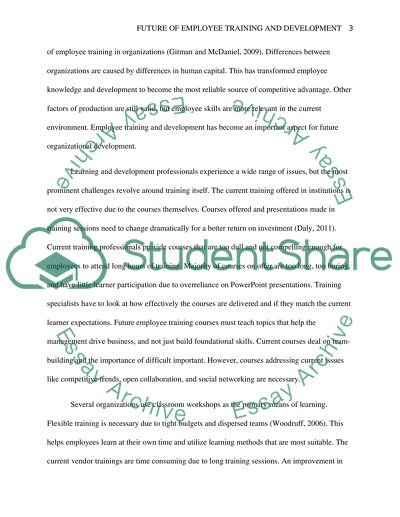Cite this document
(Future of Employee Training and Development Essay, n.d.)
Future of Employee Training and Development Essay. Retrieved from https://studentshare.org/human-resources/1457774-future-of-employee-training-and-development
Future of Employee Training and Development Essay. Retrieved from https://studentshare.org/human-resources/1457774-future-of-employee-training-and-development
(Future of Employee Training and Development Essay)
Future of Employee Training and Development Essay. https://studentshare.org/human-resources/1457774-future-of-employee-training-and-development.
Future of Employee Training and Development Essay. https://studentshare.org/human-resources/1457774-future-of-employee-training-and-development.
“Future of Employee Training and Development Essay”, n.d. https://studentshare.org/human-resources/1457774-future-of-employee-training-and-development.


